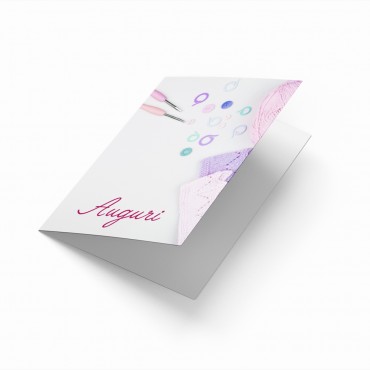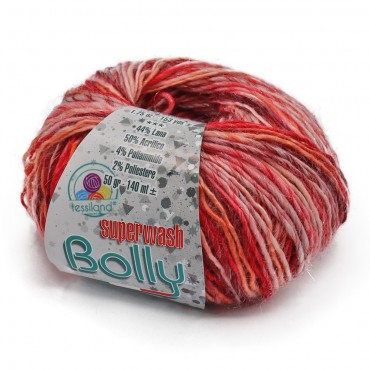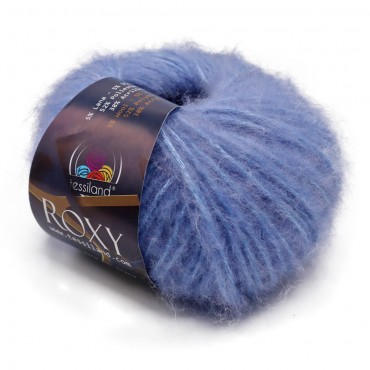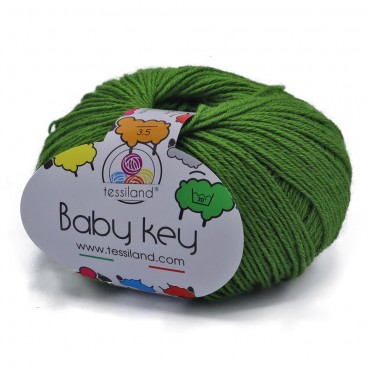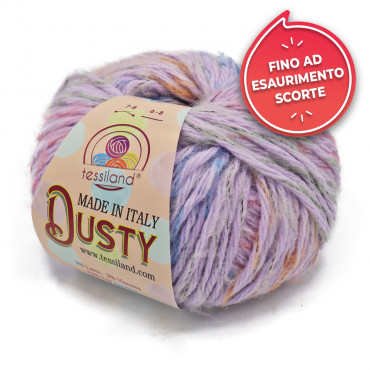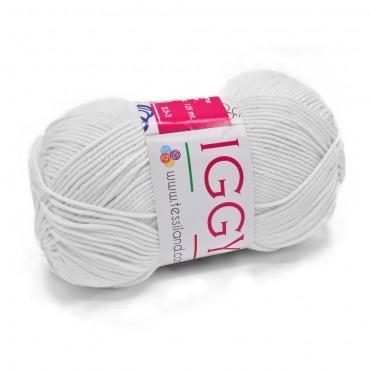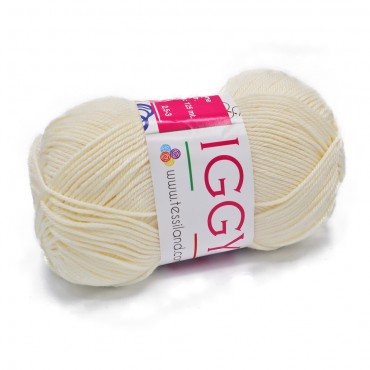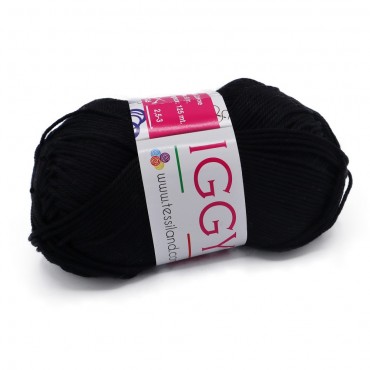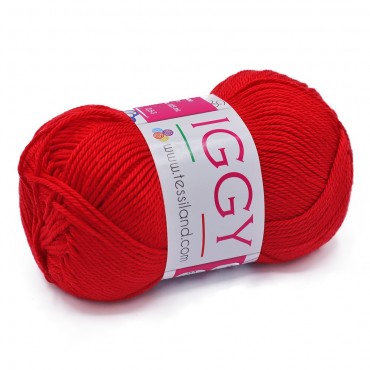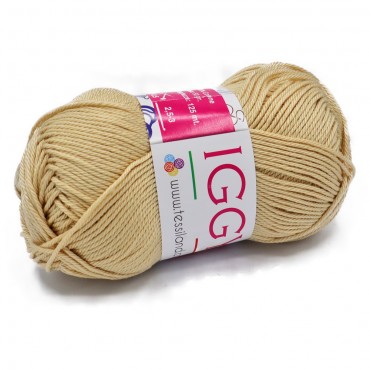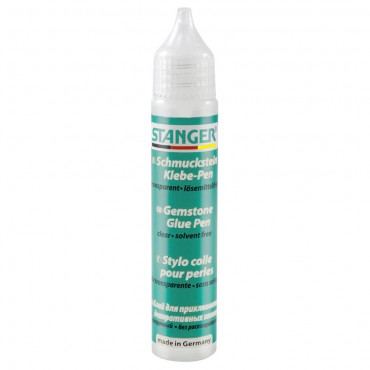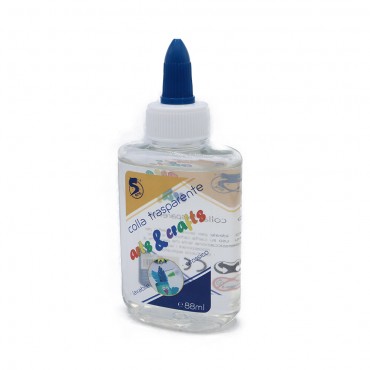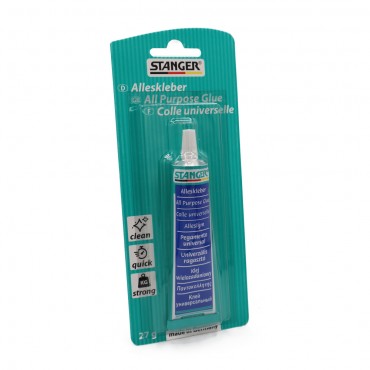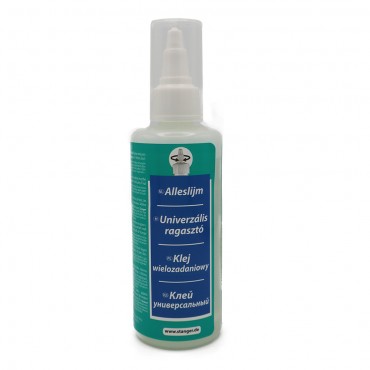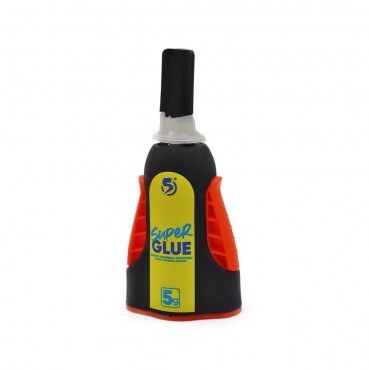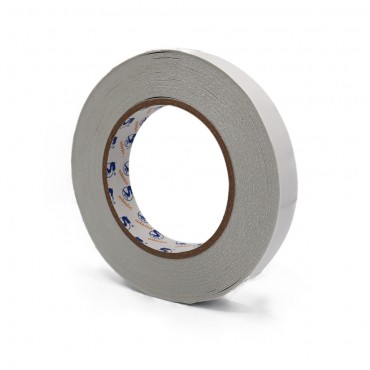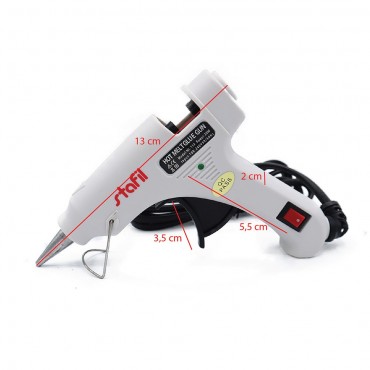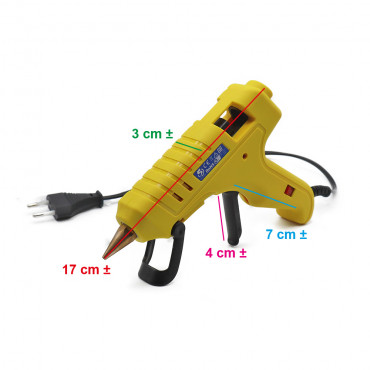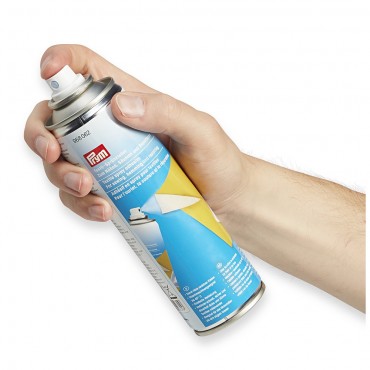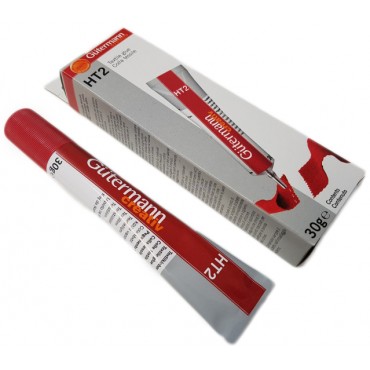Top-selling product
List of products by brand colla
12 products.
Colla Tessuti Guterman.Ideale per tessuti applicazioni, cuoio PVC e molto altro. Utilizzo: Applicare su un lato e lasciare ascigare per 7 minuti.Unire le parti stirare per 5 10 secondi (la temperatura deve essere adatta al tessuto). Non adatto per tessuto acetato e polistirolo.
Glue for Handmade Projects
Choose the most suitable glue for your project
Glue is a fundamental element for those involved in the world of handmade crafts. Tessiland, with its careful and thorough research, has selected the best products from the most important companies in the industry to offer its customers a wide and varied range of glues for different needs. Let's see what types of glue are available for handmade crafts and how to use them, the advantages and disadvantages of different glues, and how to choose the right one for your project.
Types of glue for handmade crafts and how to use them:
Vinyl glue: This water-based glue is ideal for working with paper, wood, cardboard, and fabrics. It is very versatile and dries quickly. To use it, simply apply a small amount to the desired surface and press gently to make it adhere.
Hot glue: This is a thermoplastic glue that requires a special glue gun to be applied. It is perfect for gluing materials such as plastic, wood, fabrics, paper, and rubber. To use it, insert the glue stick into the gun, heat it up, and apply the glue to the desired material.
Cyanoacrylate glue (Super Glue): This is a fast-setting glue that works well on plastic, glass, ceramic, metal, and leather. To use it, apply a small amount to the surface and press the parts to be glued together for a few seconds.
Advantages and disadvantages of different glues for crafts:
Vinyl glue: Advantages - non-toxic, suitable for many materials, fast drying. Disadvantages - can warp paper if used in excess, may not be strong enough for some projects.
Hot glue: Advantages - strong adhesion, works on various materials, fast drying. Disadvantages - requires a hot glue gun, potential risk of burns, may not work well on porous surfaces.
Cyanoacrylate glue: Advantages - fast and strong adhesion, works on many materials. Disadvantages - can cause skin irritation, difficult to remove if applied incorrectly.
How to choose the right glue for my handmade craft project?
To choose the most suitable glue for your project, consider the following factors:
Materials: Identify the materials you will use in your project and choose a glue that is compatible with them.
Strength: Evaluate how strong the adhesion between the materials needs to be and choose a glue with the appropriate strength.
Drying time: Consider how much time you have to work and whether you need a fast or slow-drying glue.
Safety: If you work with children or have sensitive skin, opt for non-toxic glues that are easy to handle.
Flexibility: Some projects may require a more flexible glue that does not harden too much once dry. In these cases, look for specific glues that maintain a certain elasticity.
Temperature and humidity: Assess the environmental conditions in which your project will be stored or used. Some glues may be more resistant to temperature and humidity changes than others.
Ease of application: Make sure the chosen glue is easy to apply and does not require complex tools or techniques.
Tessiland offers a wide range of glues for handmade crafts to meet all of its customers' needs. Remember to consider materials, strength, drying time, safety, flexibility, temperature, humidity, and ease of application when choosing the most suitable glue for your project. If you have any doubts or questions, do not hesitate to consult Tessiland experts, who will be happy to help you find the best solution for your creations.

